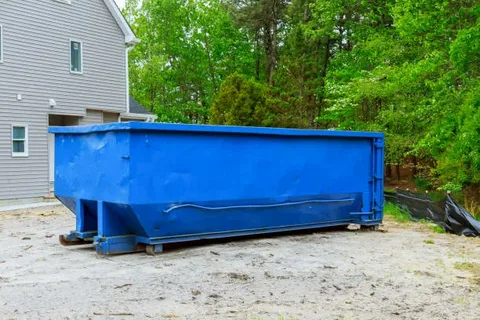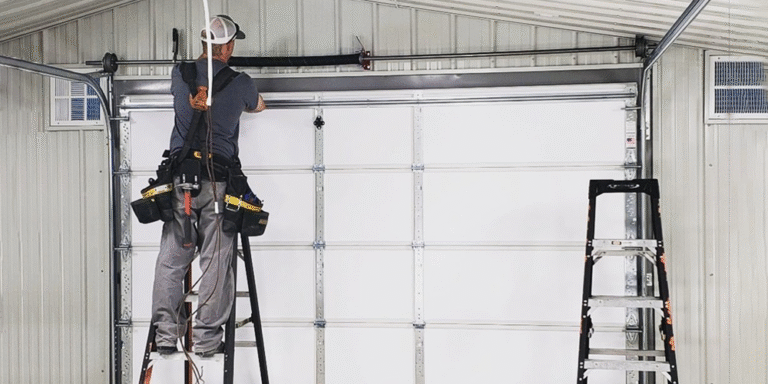
Alright, so let’s be real—if you’re dealing with trash at any kind of scale (I’m talking offices, factories, those massive apartment blocks that always have at least one guy who throws out a whole couch every week), your container game actually matters. Like, a lot. It’s not just about dumping garbage and hoping for the best. The kind of dumpster you pick? That’s gonna mess with your workflow, your wallet, and maybe your sanity.
Now, you’ll usually see two types of roll-off containers battling it out: front load and rear load dumpsters. Yeah, they both hold trash, but the way they work and what they’re good for? Totally different beasts.
Not sure which one you need? Let’s break it down—no corporate jargon, just the basics and some actual real-world advice.
So, What’s a Roll-Off Container Anyway?
Think big, tough bins that get dragged around by trucks. You see ’em at construction sites, behind grocery stores, maybe even outside your cousin’s sketchy apartment complex. These things are everywhere. And the main ways they get picked up? Front load and rear load. Each one’s got its own deal, so picking the right one isn’t just eeny-meeny-miny-mo.
Front Load Containers: The Urban Warrior
Design-wise, these have slots on the sides. The garbage truck rolls up, sticks its forks in (like a forklift but for trash), hoists it over the cab, and dumps everything out the top. It’s kind of mesmerizing if you’re into that sort of thing.
Where you’ll see them:
– Office parks
– Strip malls
– Little apartment buildings
– Anywhere space is tight and trucks have to get in and out without doing a 47-point turn
Why they rock:
– Super quick pickups. In and out. Almost ninja-like.
– Fit in tight spots—city alleyways, packed parking lots, etc.
– Usually smaller, so they don’t hog your whole loading area
Why they kinda suck:
– Not made for giant, awkward stuff (sorry, couch guy)
– Fill up faster, so get ready for more frequent pickups
– Less capacity overall
Bottom line: If you’re in a city or just don’t have a ton of room, front load is your friend. Perfect for regular, smaller loads of trash.
Rear Load Containers: The Heavyweight Champ
These guys are built with a sloped back, which means trucks have to hook up chains or lift bars and dump the trash into the rear of the truck. Yeah, takes a little more time and effort, but you get what you pay for: more room to cram in all that junk.
Where you’ll spot ’em:
– Big apartment complexes
– Hospitals, schools
– Industrial sites with serious trash problems
– Places where you can’t even get a front loader in, thanks to weird layouts or old-school streets
Why they’re awesome:
– They swallow more waste—seriously, these things are bottomless pits
– Easier to set up on uneven ground or tricky locations
– Work with a bunch of different truck types, so you’re not stuck waiting for one rare hauler
Why they’re a pain:
– Slower to empty—trucks gotta work for it
– More manual labor, which means more potential for “oops”
– Need extra space for the truck to back up and do its thing
So yeah, rear load is your go-to if you’ve got a ton of trash or just don’t care about a truck doing a five-point turn in your parking lot.
How to Decide? Here’s What Actually Matters
– Space: Tiny alleys? Front load. Wide open lots? Rear load might fit.
– How Much Trash: If you’re basically running a landfill, rear load. Smaller, steady waste? Front load’s fine.
– Pickup Schedule: Getting pickups all the time? Go small, go front load. Only want to see the garbage truck once a week? Bigger rear load.
– Truck Type: Sometimes you don’t even get a choice—depending on what your hauler uses.
Look, at the end of the day, don’t cheap out on the actual container, either. Thin metal, wonky lids, or dodgy wheels are gonna haunt you later. You want something tough that won’t bail on you after a couple months of abuse.
If you want a name that actually gets this stuff, RefuseFab’s solid. Not to sound like an ad, but they’ve been around, their bins don’t fall apart, and you can actually get them the way you want. Durability, options, all that jazz—they’re a safe bet for anyone who doesn’t want to think about dumpsters again for a long, long time.
So yeah—pick smart, and may your dumpster never overflow on a Monday morning.






